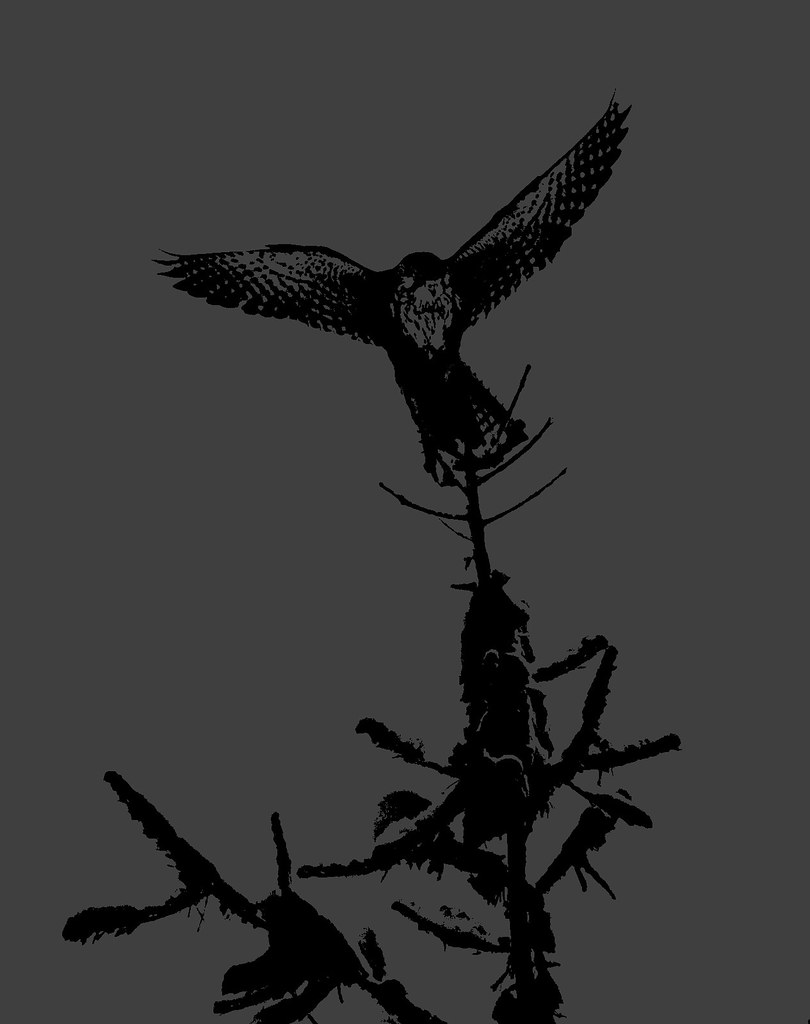Messagepar demetrius » Jeu 07 Mai 2015 14:25
They are screw-mount extenders, so they mount just like a filter...which means the lens you are using needs to have filter threads (most do), and typically it's best when the lens' filter threads are the same size or smaller than the filter thread size of the extender. If the lens has a smaller filter thread, then a simple step-up ring will mate the larger threads of the extender to the smaller threads of the lens. If the lens has a larger thread than the extender, a step-down ring can be used, but you're much more likely to get vignetting and poorer results.
The 55-210mm lens works well for this type of occasion, due to the small 49mm threading...most teleextenders were around 58mm, some larger. When you get to the original 18-200mm Sony lens, it won't work very well with these because it has a much larger thread (I think it's 62mm or something similar).
The lenses don't necessarily have to be designed just for the camera, though it probably helps. With the DH1758, it was made to go with the H5 superzoom, and was a very nice match. But as long as other superzooms had similar lens diameters and quality, they seemed to work just as well with it - I knew some folks with Panasonic FZ30s and Canon S5 ISs that used the Sony teleconverters and got just as good of results.
With the 55-210mm, it seems to be a matter of luck that the lens' diameter and lens design, focal length, etc all seem to mate very well to the extender. It becomes more difficult as the lens glass diameter gets larger, as the teleextender also has to get larger - and the larger teleextenders may end up showing more curvature resulting in poorer corner performance or more distortion. The 55-210mm, especially as it zooms all the way out, seems to be using the sweet spot of the teleconverter, and since the teleconverter has a pretty good optical quality, it matches well.
Sony Nex 6, Canon G12

